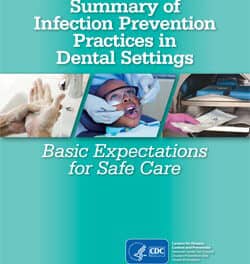New research published in the November issue of the European Cells and Materials Journal shows that the human mandible bone can be successfully reconstructed with autologous dental pulp stem cells, according to an announcement from StemSave™ Inc, New York, which commended the Italian researchers from the 2nd University of Naples for their work on the research.
According to the announcement, this marks the first time dental stem cell research has moved from the laboratory to human clinical trials.
“These clinical studies are so significant because autologous dental stem cells were expanded in vitro and for the purpose of oromaxillofacial bone repair. These cells also facilitated the graft, eliminating immunologic complications such as rejection or excessive inflammation. This is compelling because it creates an environment which proves to be more favorable and successful for new mandibular bone to grow. This approach also appears superior to current methodologies utilizing cadaverous tissue or grafting tissue from another part of the body,” said David Matzilevich, MD, PhD, science advisor to StemSave.
“This breakthrough clinical study, which uses the patient’s own stem cells harvested from their teeth to repair bone, is the first of what we believe will be an expanding number of applications to treat a broad array of disease, trauma and injury. And because dental stem cells are easy to recover as part of routine dental procedures, this represents the first of many upcoming uses in the field of personal and regenerative medicine and supports the wisdom of banking your own stem cells from your teeth,” said Art Greco, CEO of StemSave.







